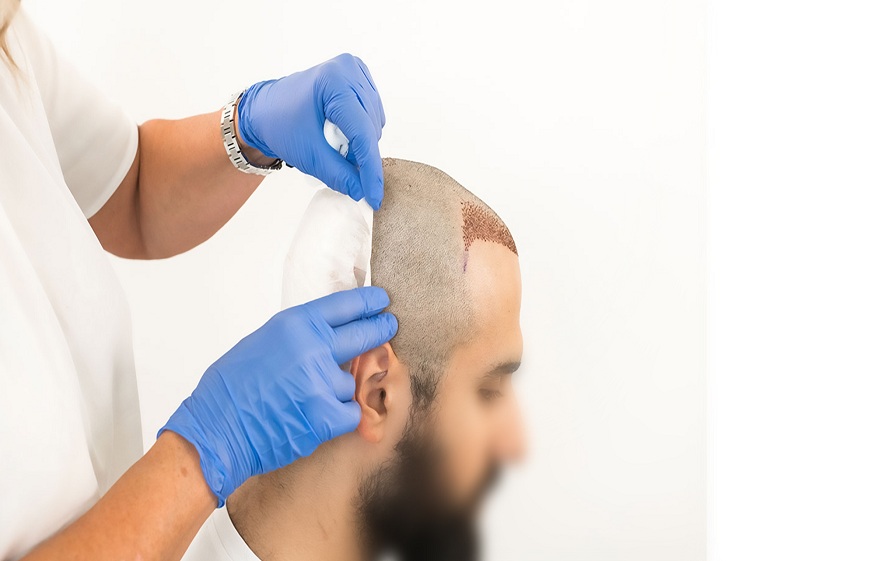Hair transplant: all you need to know about this procedure and the risks
3 min read
Hair loss is a natural phenomenon that affects us all. However, when it is more marked, the loss of hair density can harm self-confidence, sometimes creating big complexes. Faced with androgenic alopecia (or baldness), it is however possible to have recourse to a hair transplant . The implantation techniques have indeed evolved a lot over time and can thus guarantee a fast and undetectable result as well as a natural look. However, it is important to be well informed before starting. Here is everything you need to know about this procedure.
The two main types of transplants
The FUE technique (Follicular Unit Extraction) is the best known and is performed on a completely or partially shaved scalp. It consists of aspirating the grafts and transplanting them to their new location using an injector or a needle. Preferable in case of less significant baldness, it has the advantage of being faster and more discreet in addition to allowing faster recovery. The strip graft (or FUT) does not involve shaving and is therefore often preferred for women, although it is also indicated in the event of more marked baldness. Here we will take a fragment of scalp which will then be cut into micro-grafts before transplanting.
In both cases, the hair transplant is performed under local anesthesia , and is a superficial and generally well tolerated surgery. The choice is therefore made according to the needs of each individual as well as their age, gender, hair type, etc. It is then necessary to wait nine to twelve months for a definitive regrowth of the transplanted hair in the bald areas. It is also common and normal for the transplanted hair to fall out at the beginning before growing back three or four months later.
How much does a hair transplant cost?
The price is very variable and will depend above all on the number of hair follicles implanted and the technique and material used. Prices may also vary depending on the surgeon. The cost can therefore vary between 3500 and 8000 euros on average. Since the transplant is considered a cosmetic operation, it is generally not covered by Social Security . Nevertheless, in the case of certain diseases or in the case of cicatricial alopecia, one can sometimes benefit from a refund.
What risks do we run?
The risk of infection is very rare thanks to the taking of antibiotics after the intervention. Sometimes edema may also appear on the forehead during the following days. However, the health risks to the patient are generally limited. Remember, however, that medical tourism, common for hair transplants, is not without risk, in particular because of the lack of post-operative follow-up.
baldness-hair-transplant-operation
In the end, the biggest risk is above all that the transplant fails . This can for example occur if the surgeon has not carried out a sufficiently thorough examination before the transplant, which can lead to too much exploitation of the donor area or disappointment with the result obtained. Poorly harvested, preserved, manipulated or transplanted grafts also reduce the chances of good results. In this sense, it is essential to ensure beforehand the seriousness of the surgeon . Remember to ask him for his qualifications , his success rate, proof of his work, as well as his guarantees in the event of failure. Thanks to the Internet, you can also exchange with other patients to get their feedback on the practitioner in question.




